Logistics and Supply Chain Management: Analysis of UNILEVER
VerifiedAdded on 2022/08/22
|6
|1135
|26
Report
AI Summary
This report delves into the realm of supply chain management, defining it as the intricate network connecting individuals, organizations, resources, and technology to facilitate the creation and delivery of goods and services. It emphasizes the critical role of supply chain management in ensuring the seamless flow of products from producers to consumers, thereby supporting market trade. The report outlines key goals of supply chain management, including cost-saving, improving on-time delivery, ensuring product quality, increasing fill rates, and reducing inventory. It then explores these goals in detail, discussing cost-saving strategies, the importance of product quality, and the significance of fill rates and inventory management. The report also examines the three decision phases of supply chain management: strategy, planning, and operations, using the UNILEVER Company as a case study. It describes how UNILEVER approaches each phase, considering factors like long-term expectations, customer demand, and practical execution. In conclusion, the report underscores the vital role of supply chain management in promoting business activities and highlights the importance of effective planning and strategizing in the context of market demands and preferences. This report is available on Desklib, which offers past papers and solved assignments.
1 out of 6
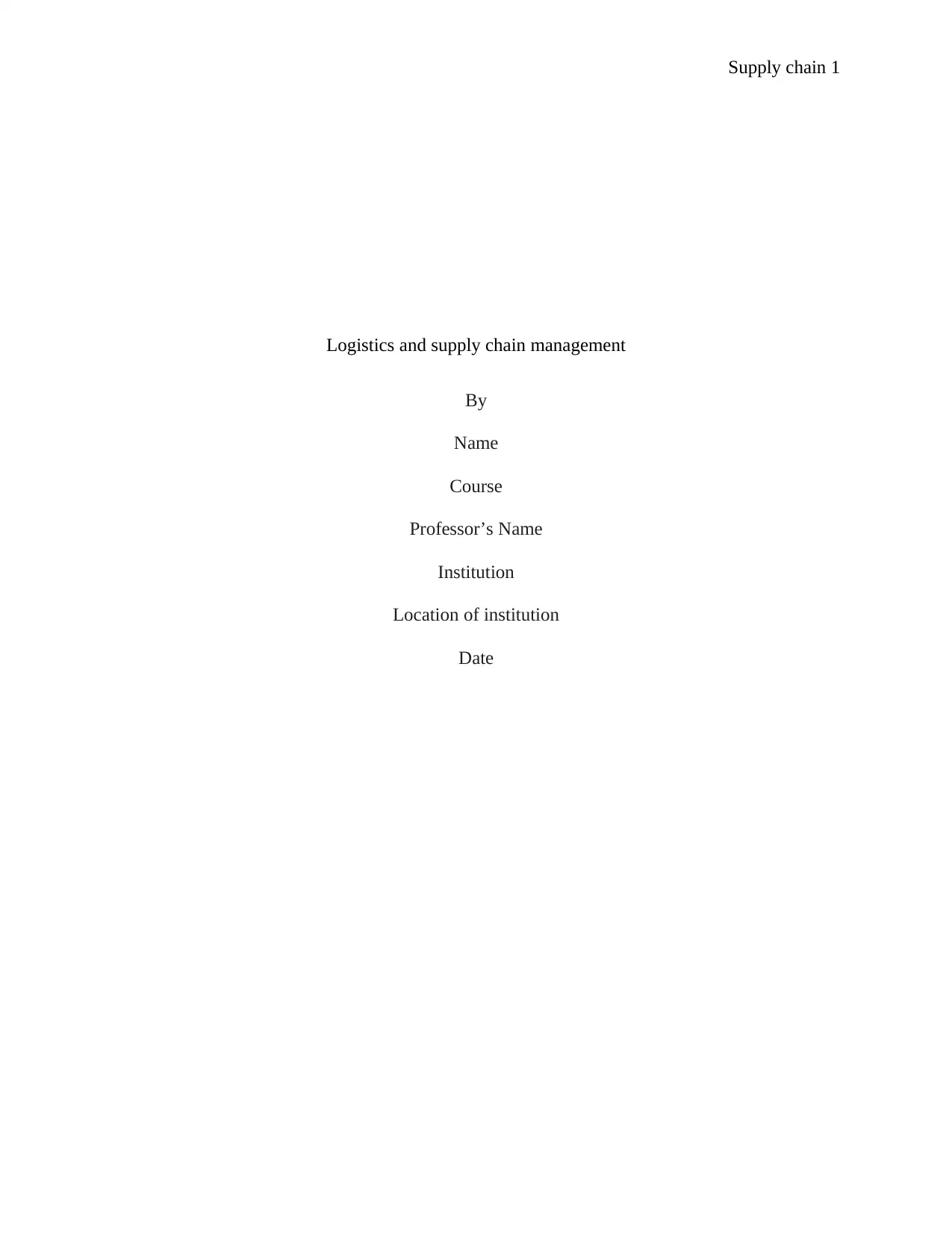
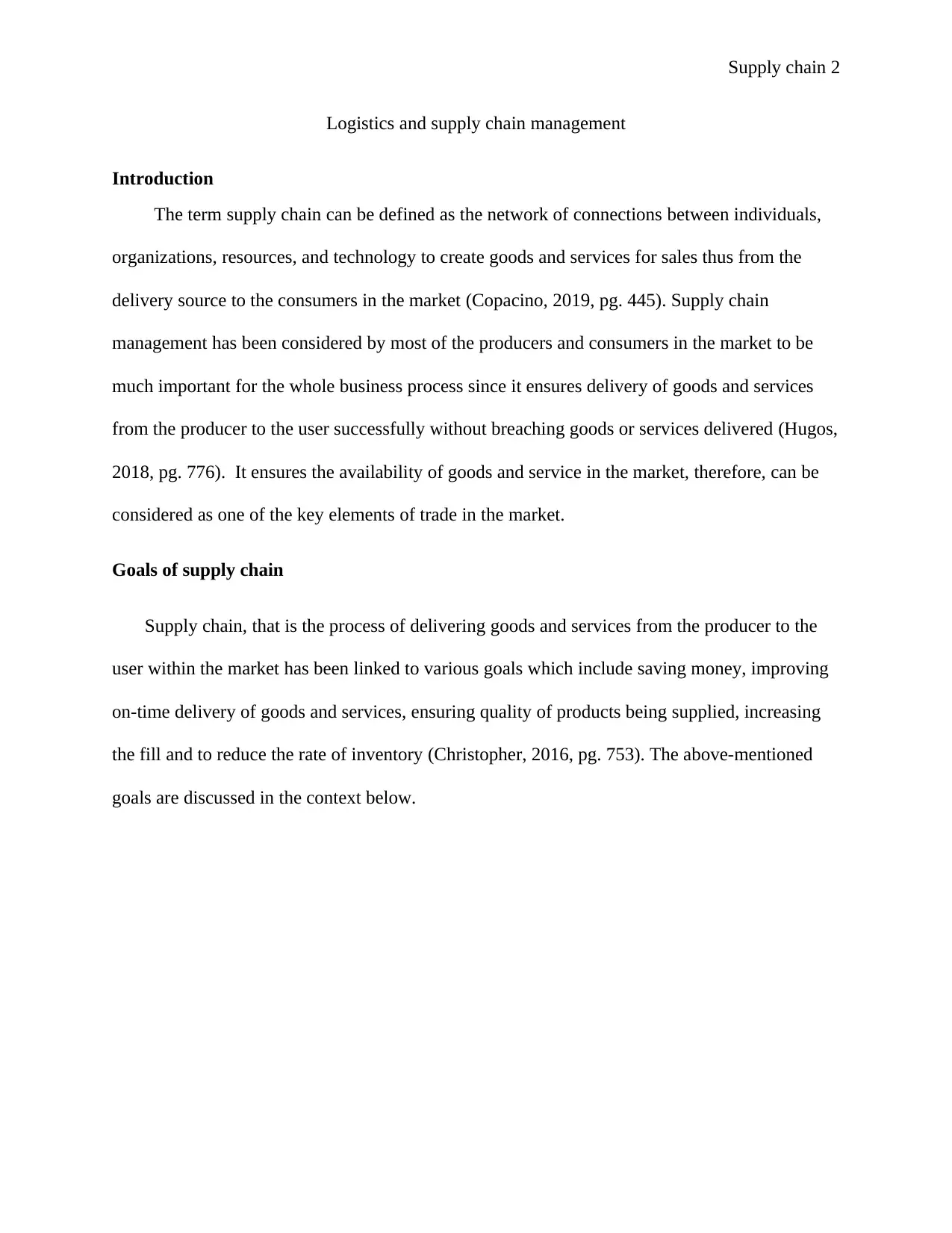
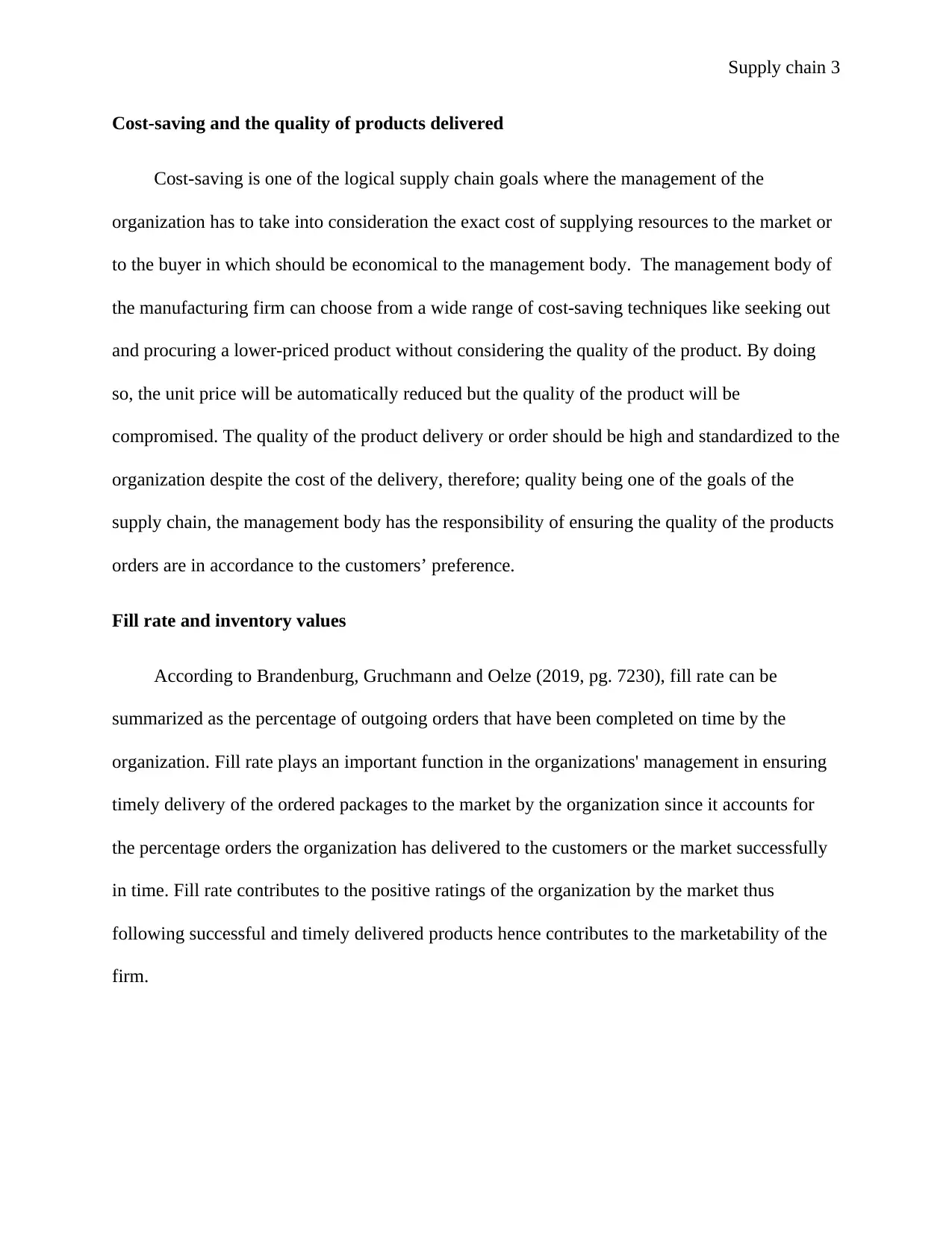

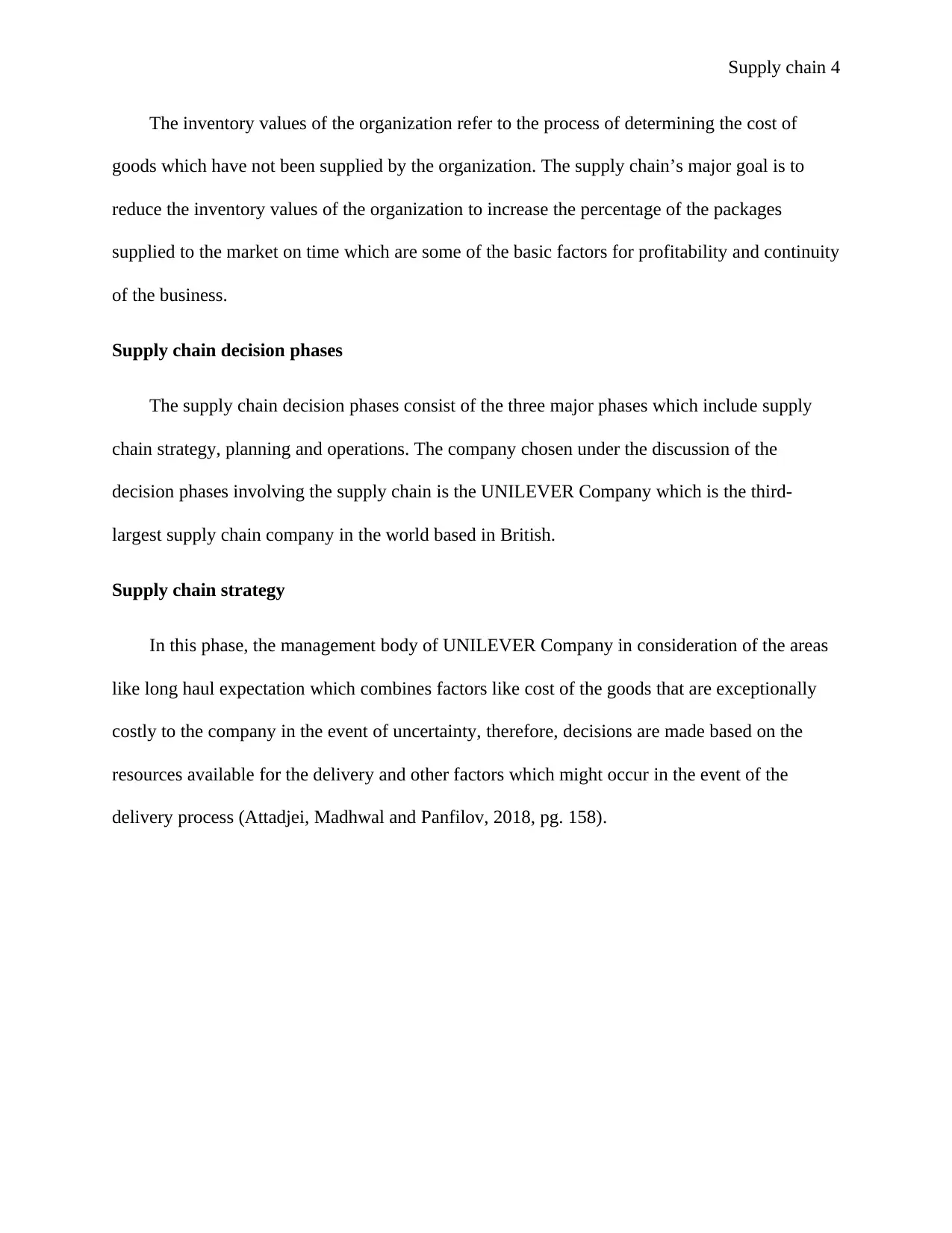
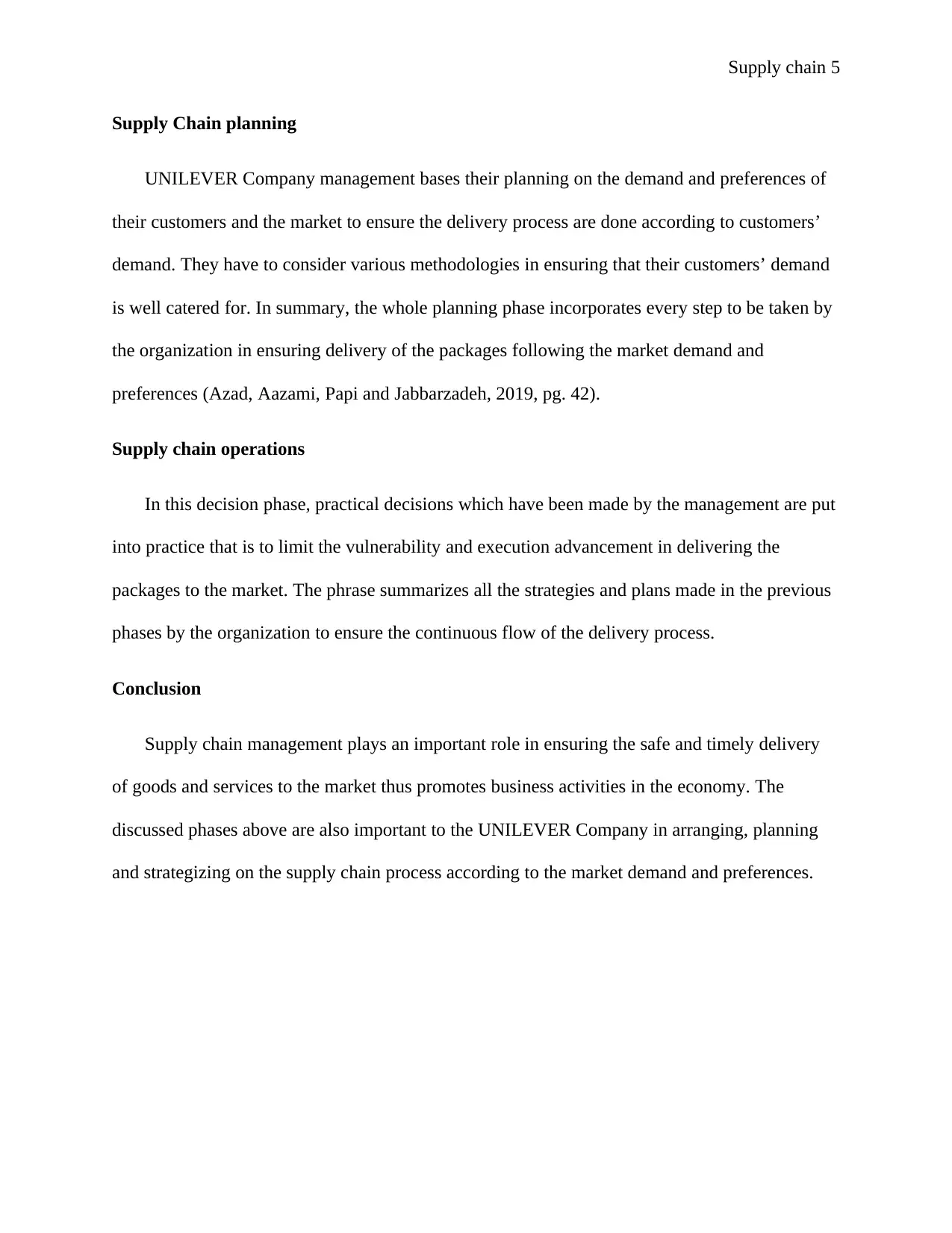
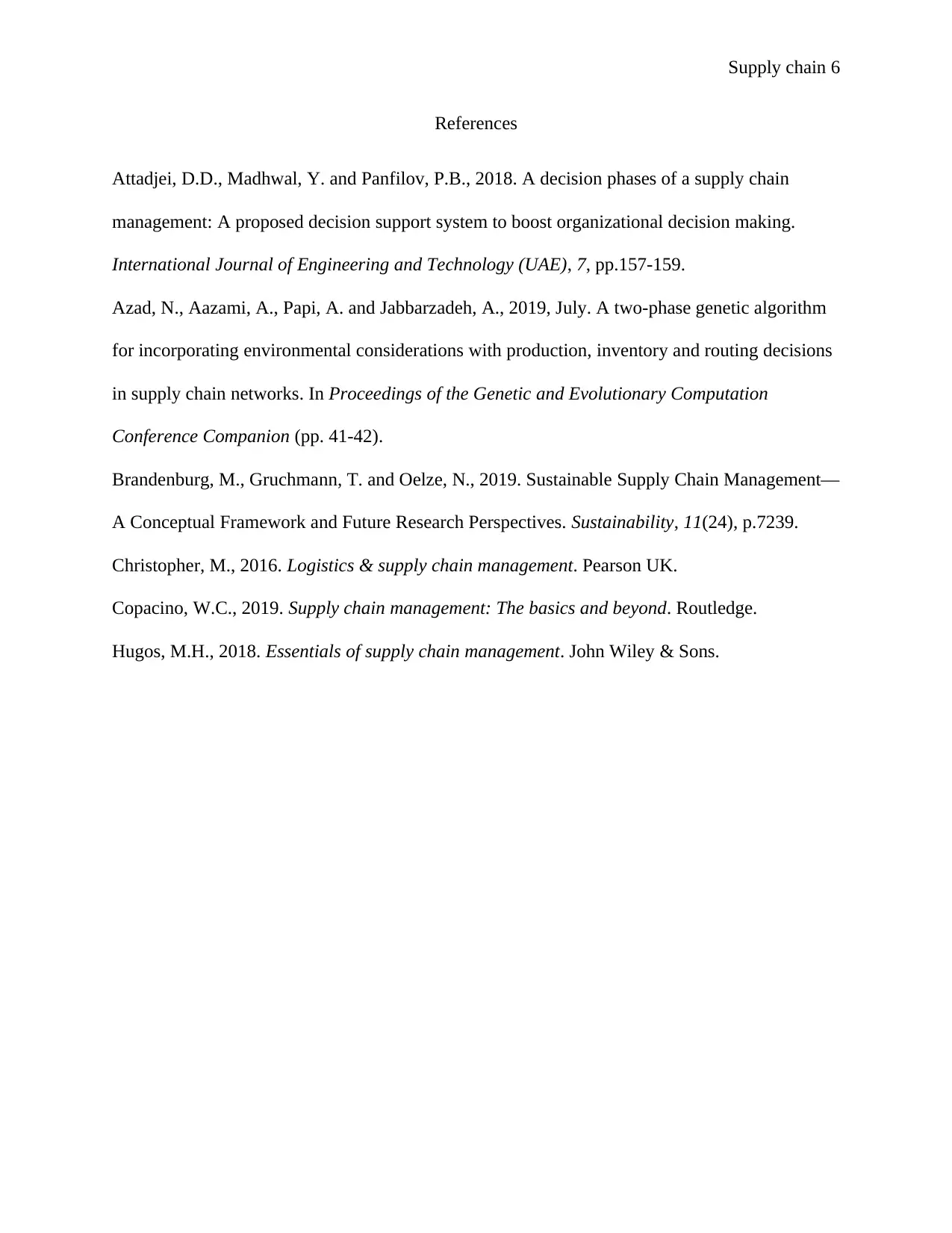






![[object Object]](/_next/static/media/star-bottom.7253800d.svg)